Craigellachie Tunnel
Craigellachie Tunnel
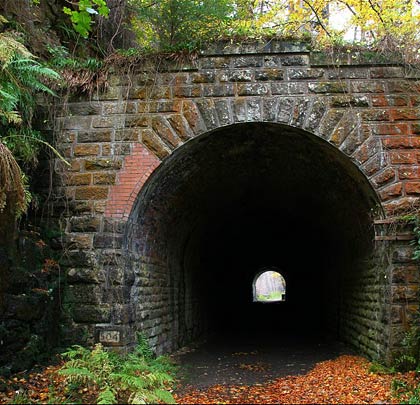
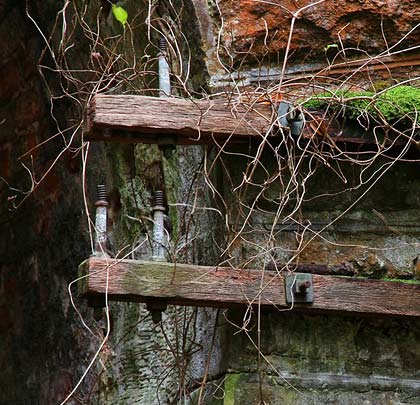
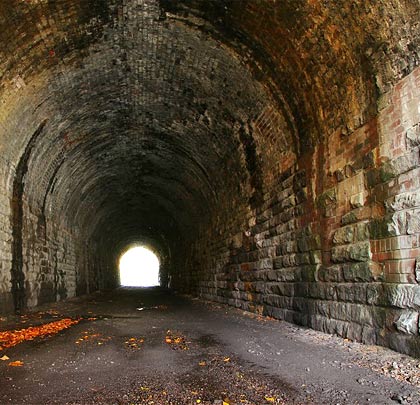
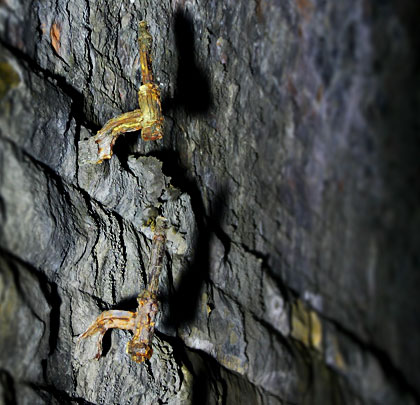
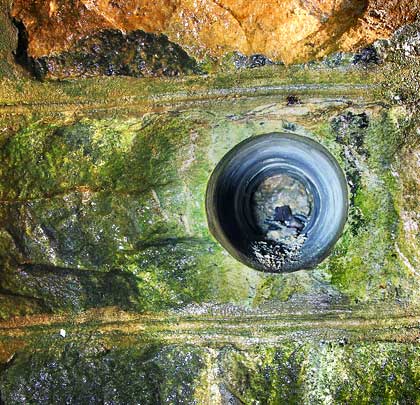
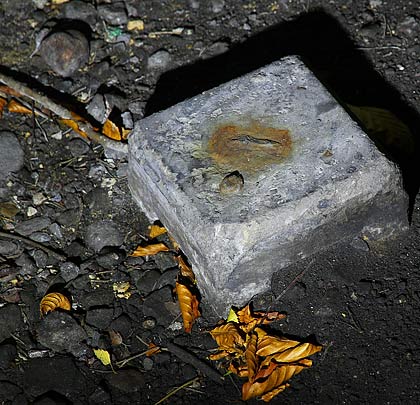
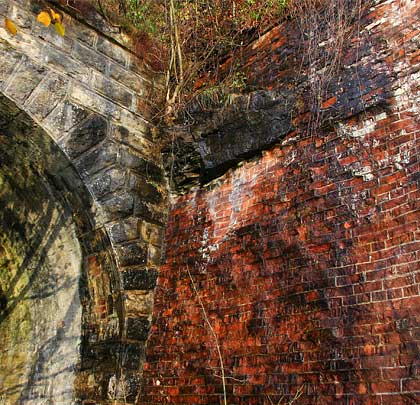
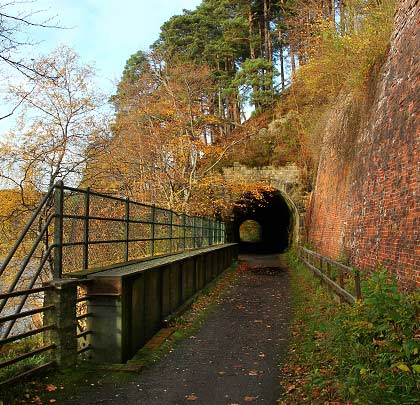








Built to serve the many distilleries of the Spey Valley, the 32-mile Strathspey Railway opened on 1st July 1863, heading cross country from Dufftown – where it made an end-on junction with the Keith & Dufftown Railway – to the village Abernethy. It was also joined by the Morayshire Railway at Strathspey Junction, sooned renamed Craigellachie.
Three years later a short extension was built to create a through-route, joining the Inverness & Perth Junction Railway at Boat of Garten having run alongside it from a point three miles to the north. The same year, 1866, saw the Strathspey absorbed into the larger Great North of Scotland Railway.
Costing about £6,000 per mile and with a prevailing gradient of 1:100, the construction was carried out under the superintendence of Mr Gibb and the company’s engineer Mr Mills. Messrs Brand built the Dufftown-Craigellachie section, advertising their horses for sale in March 1863 on completion of their works. The remainder was fulfilled by subcontractors – supervised by Gibbs and Mills – due to the failure of the appointed contractors nine months before completion.
Following nationalisation in 1948, cost-saving measures were considered including the introduction of diesel railcars. However the Strathspey closed to passengers on 11th October 1965, along with the Highland line between Aviemore and Forres, leaving Grantown-on-Spey, which previously had two stations, with none. Goods traffic – mostly whisky trains – lingered on until November 1968. The track was lifted the following year. This left just the Dufftown to Aberlour section which remained open to freight trains until 15th November 1971.
The route was notable for its bridges crossing the Spey and one short tunnel, accommodating a single track over its 68-yard course. It was notable for the absense of any substantial approach cuttings, but a significant brick retaining wall holds the hillside back at its south end.
In January 1862, Miss Macpherson Grant of Aberlour attended the tunnel to view the works. At the conclusion of her visit, she hurled a couple of barrowfuls of ballast from the cutting to the bank head. This prompted the navvies to give her three hearty cheers, astonished at the young lady’s feat. Miss Grant sent her thanks, intimating that she would not forget their generosity. So next day she sent “an abundant supply of the good things” from her stores at Aberlour House, namely a substantial dinner and considerable quantity of mountain dew, all dispensed by her butler.
The tunnel cuts through a sloping spur of land, with very little cover above it. The small north portal is masonry built and incorporates stepped stone parapets. Five voussoirs on the east side have been refaced with brickwork. Opposite this are two timber arms which hold supports for the long-gone telegraph wires.
Inside, the lining comprises vertical masonry sidewalls – which have also received red-brick patch repairs – and a brick arch. More telegraph arms are mounted high on the wall. Several weep holes have been cored through the stonework on the east side. The floor, which is clutter free, include a number of small concrete plinths, perhaps used for surveying purposes.
The south portal is similar to the one at the other end, looking out onto a short girder bridge and flanked by the retaining wall.
Craigellachie Tunnel now forms part of The Speyside Way, running from Buckie to Aviemore.







